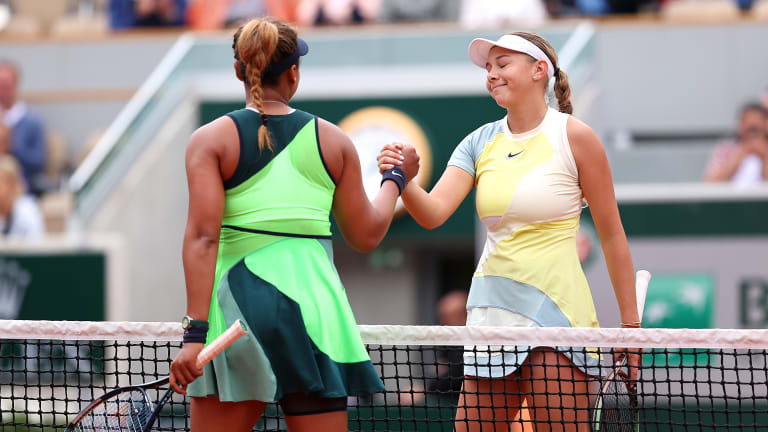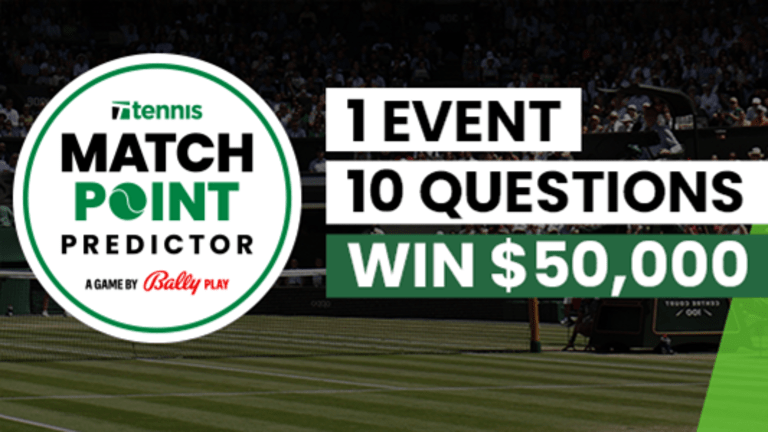Roland Garros
Amanda Anisimova stuck to her game plan—“flat shots”—and sent Naomi Osaka out of a second straight Grand Slam event
By May 23, 2022Roland Garros
FFT to reveal second retractable roof court at Roland Garros ahead of Paris Olympics
By Apr 25, 2024Roland Garros
Roland Garros says tennis fans must have their tickets stored on official tournament app
By Mar 12, 2024Roland Garros
Victor Wembanyama, surefire No. 1 pick in NBA draft, bids adieu to France in game at Roland Garros
By Jun 15, 2023Roland Garros
Analysis: Novak Djokovic has 23 Slams, so is he the GOAT? He leaves that debate to others
By Jun 12, 2023Roland Garros
Novak Djokovic returns to ATP No. 1 with his 23rd Slam title; Iga Swiatek stays at WTA No. 1
By Jun 12, 2023Roland Garros
Novak Djokovic’s 23rd Grand Slam win had all the hallmarks of what brought him to this record-breaking pinnacle
By Jun 11, 2023Roland Garros
Novak Djokovic wins his 23rd Grand Slam title by beating Casper Ruud in the Roland Garros final
By Jun 11, 2023Roland Garros
Where, when and how Novak Djokovic won each of his 23 Grand Slam titles
By Jun 11, 2023Roland Garros
Novak Djokovic moves up the list of most Grand Slam titles in tennis history with No. 23
By Jun 11, 2023Roland Garros
Amanda Anisimova stuck to her game plan—“flat shots”—and sent Naomi Osaka out of a second straight Grand Slam event
“I do love the courts here,” said the 20-year-old American, who dominated the four-time Grand Slam champion in the winner department.
Published May 23, 2022
Advertising
Advertising

Naomi Osaka said she tried to hit with more spin in an effort to disrupt Amanda Anisimova's laser-quick strokes.
© Matt Fitzgerald
Advertising

Osaka would surely like to avoid seeing Anisimova on the opposite side of the net at future majors.
© Ryan Pierse
Advertising

MAKE YOUR PICKS, AND YOU COULD WIN BIG
Think you know what'll happen in Wimbledon? Tell us in our Match Point Predictor.